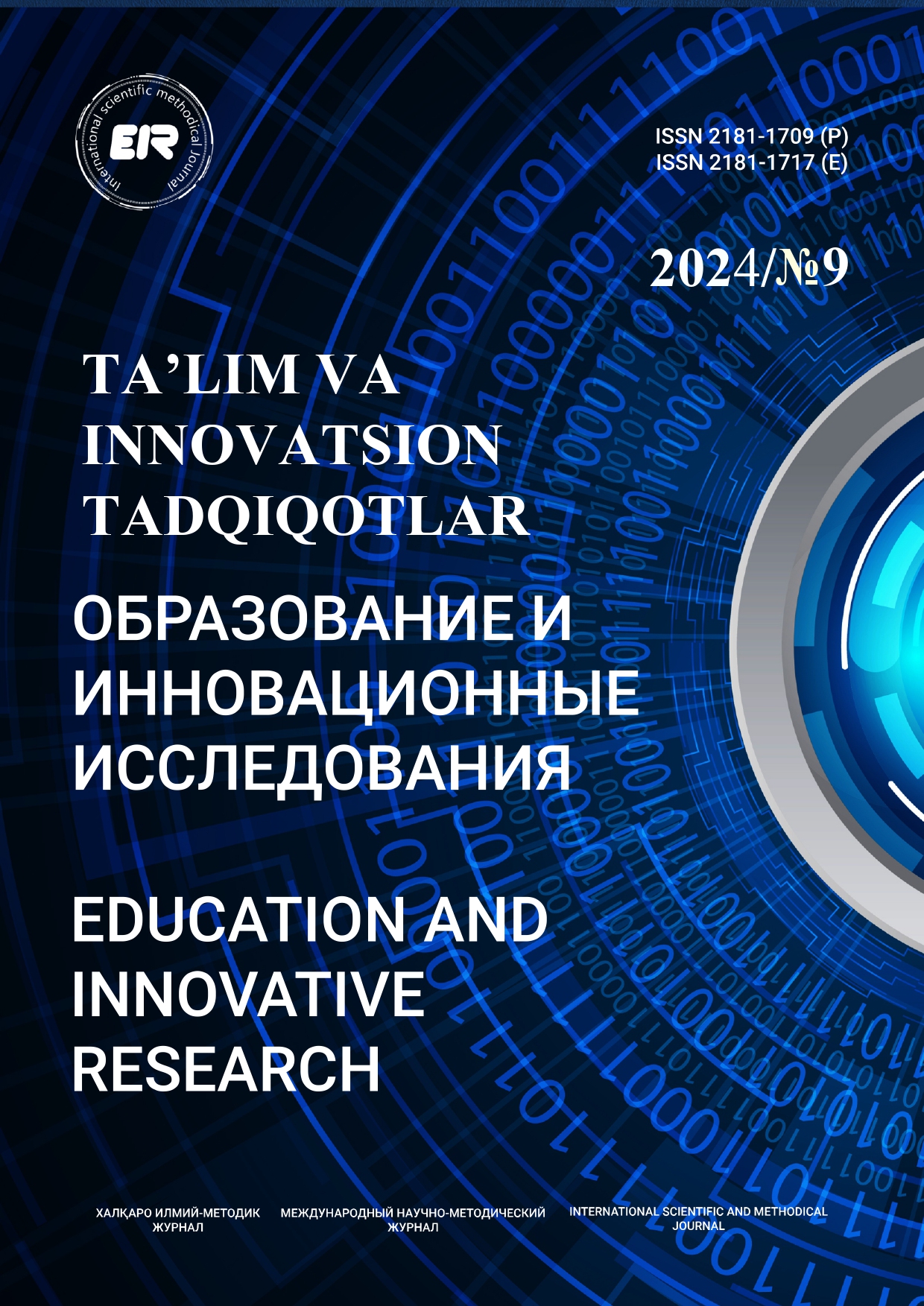ТЕОРЕТИЧЕСКИЕ ОСНОВЫ ФОРМИРОВАНИЯ МЕДИАКОМПЕТЕНТНОСТИ НА УРОКАХ АНГЛИЙСКОГО ЯЗЫКА
Валиева Шахло Акмаловна Наманганский государственный университет кафедры Английского языка и литературы преподавател
Ключевые слова:
компетенция, электронных учебнико, медиа в эффективность дидактика,интерактивный.Аннотация
В данной статье рассматривается сам термин, его вариации в различных формах, показатели, способы развития у людей, а также сферы применения, а также речевые проблемы у учащихся, которые могут быть решены путем формирования медиакомпетентности.
Библиографические ссылки
Rus tili darslarida boshlang’ich maktab o’quvchilarining media kompetentsiyasini shakllantirish / Nikitina E. yu., Milutina A. A. – m: Perot, 2015. 202 s.
Zhilavskaya, I. V. (2009). Mediaobrazovanie molodezhnoj auditorii [Media education for youth audience]. Tomsk: TIIT (in Russian) [Жилавская, И. В. (2009).
Медиаобразование молодежной аудитории. Томск: ТИИТ]
Borchers, J.O. (1999) «Electronic Books: Definition, Genres, Interaction Design Patterns». Conference on Human Factors in Computing Systems, CHI99 Workshop: Designing Electronic Books, Pittsburgh, May
Bostock, S. (1998) Courseware Engineering - an overview of the courseware development process. University of Keele
Sh.Valiyeva “Requirements for the structure, content and design of multimedia electronic textbooks” Theoretical & Applied Science Philadelphia, USA issue 04, volume 96 published April 30, 2021
NAMLE: Core Principles of Media Literacy Education in the United States // http:// www.namle.net/core-principles/namle-cpmle-w-questions.pdf (дата обращения: 06.09.2018).





